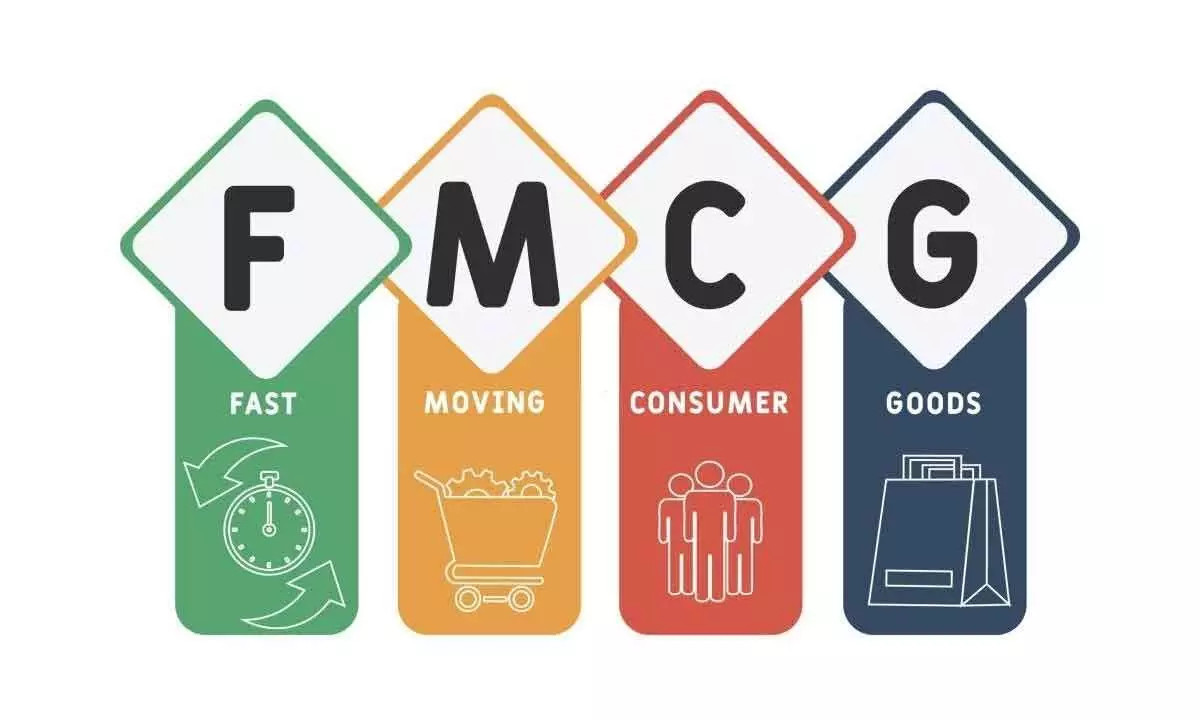India’s FMCG sector faces regulatory obligations, one too many
Reaching the $5 trillion mark by 2027 implies $16 trillion in GDP in terms of PPP
image for illustrative purpose

Tracking and managing all applicable regulatory obligations can be exceedingly difficult when done with Excel sheets dependent on people and done on an ad-hoc basis. The report concludes with recommendations for compliance reforms that can further improve the ease of doing business and provide a new-age solution for compliance management for employers
The much-hyped ‘Ease of Doing Business Index’ notwithstanding, an enterprise in India in the FMCG sector needs at least 23 licenses and registrations under 14 Acts to start a manufacturing facility. Additionally, once the enterprise starts operations, it must adhere to over 1,252 unique compliance obligations. These include maintenance of records, returns, and filings under the state-specific labour laws; Food Safety & Standard Act, 2006 and Food Safety & Standard Rules, 2011; and Warehouse Rules, among others.
The situation in the country’s agriculture and dairy sector is nothing to write home about either. An enterprise operating as an agricultural and dairy product manufacturer has to comply with 831 unique compliances. Of these, labour constitute 28 per cent (232), industry-specific 27 per cent (224), and commercial 25 per cent (209) of the total obligations. In addition, 138 of them need to be complied with annually, while 156 have to be kept up with on a monthly basis.
Mind you that tracking and managing all applicable regulatory obligations can be exceedingly difficult when done with Excel sheets dependent on people and done on an ad-hoc basis. The report concludes with recommendations for compliance reforms that can further improve the ease of doing business and provide a new-age solution for compliance management for employers.
“The FMCG sector is a key indicator and driver of economic growth. Food processing continues to be one of the biggest contributors, approaching a $ one trillion domestic market size. PLI has made the industry more attractive. However, the industry has to understand its regulatory obligations if it has to continue to grow. A small agricultural and dairy products company deals with 831 unique and over 3,000 total compliance obligations in a year. These compliances include at least 23 different types of licenses, permissions and registrations. In addition, the employer also needs to comply with 421 unique compliances for every warehouse it operates. These facts are an exploration of the complexities present in the regulatory framework for FMCGs,” said Rishi Agrawal, CEO and co-founder of TeamLease RegTech, India’s leading regulatory technology company transforming Compliance.
Significantly, enterprises in these sector must ensure compliance with industry-specific acts, rules, and regulations such as the Food Safety & Standards Act, 2006 and Food Safety & Standard Rules, 2011; Food Safety & Standards (Advertising and Claims) Regulations, 2018; Essential Commodities Act, 1955; Export (Quality Control and Inspection) Act, 1963; Prevention of Food Adulteration Act, 1954 and Prevention of Food Adulteration Rules, 1955; and Bureau of Indian Standards Act, 2016 & Bureau of Indian Standards (Conformity Assessment) Regulations, 2018, among others.
These have to be seen in light of the fact that India, the fifth largest economy in the world in terms of Gross Domestic Product (GDP), also stands as the second runner-up in terms of purchasing power parity (PPP). Reaching the $5 trillion mark by 2027 will translate into $16 trillion in GDP in terms of PPP.
Accordingly, Indian consumer spending is expected to grow to $ six trillion by the end of the decade and that there is explosive growth in the number of high-income and middle-income households. This growth is not limited to tier 1 cities; tier 2 and tier 3 cities have already overtaken metropolitan cities in retail consumption.
At this outset, the FMCG sector is set to experience increased demand from rural and semi-urban areas as the average household gets access to more and more disposable income, with FMCG accounting for 50 per cent of the total rural spending.

